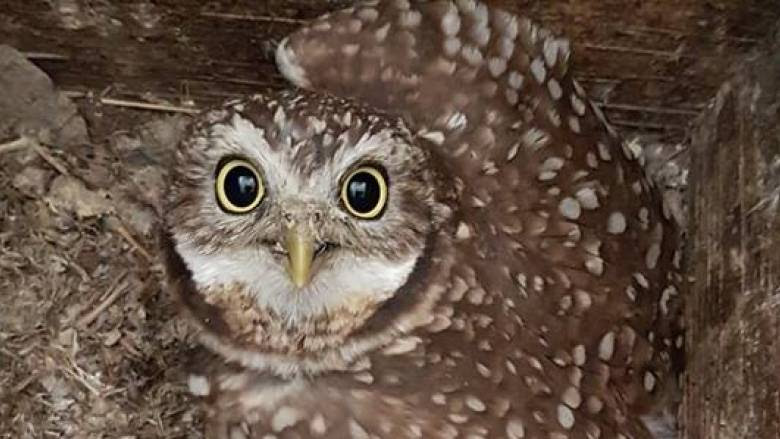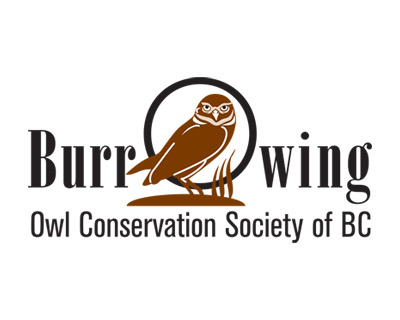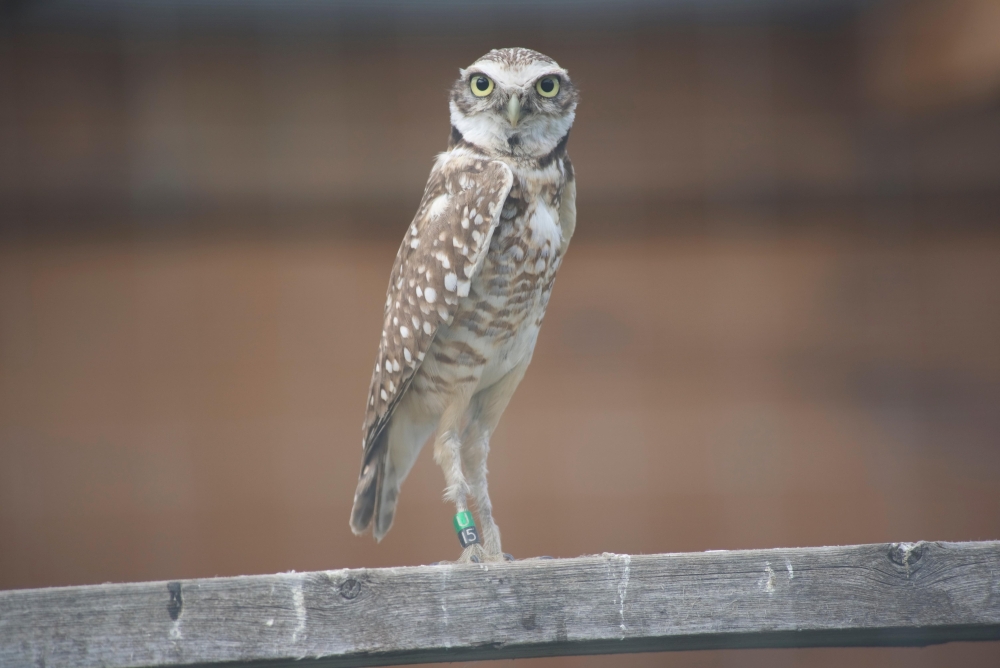
By David Suzuki with contributions from Ontario Science Projects Manager Rachel Plotkin
B.C. is spending hundreds of thousands of dollars on a captive breeding program to protect spotted owls. With an estimated six of the owls left in the wild in Canada, all in B.C., that seems like good news. But while the program includes some habitat protection, the province is also approving logging in habitat the owl needs to survive.
It’s a major flaw in government-led conservation efforts. Stories of captive breeding programs that lead to successful animal re-introduction are happy, but they’re often born out of sad stories about the animals’ plight.
Captive breeding programs are last-ditch efforts to save animals after humans have degraded or destroyed their habitat to the point where it’s difficult for them to survive. In almost every case, experts and regulators are aware of the species’ decline and the reasons behind it, but calls for habitat conservation go unheeded, or efforts are inadequate to ensure the animals can continue.
Species don’t disappear overnight. Activities that degrade and destroy habitat are allowed to continue until a species is driven to point where it can no longer function in the wild and needs human help.
Conservation would work better if land-use management regimes focused on maintaining habitat wildlife needs to survive before it’s too late. Instead, we wait until tipping points have been passed and then scramble to capture animals for breeding.

